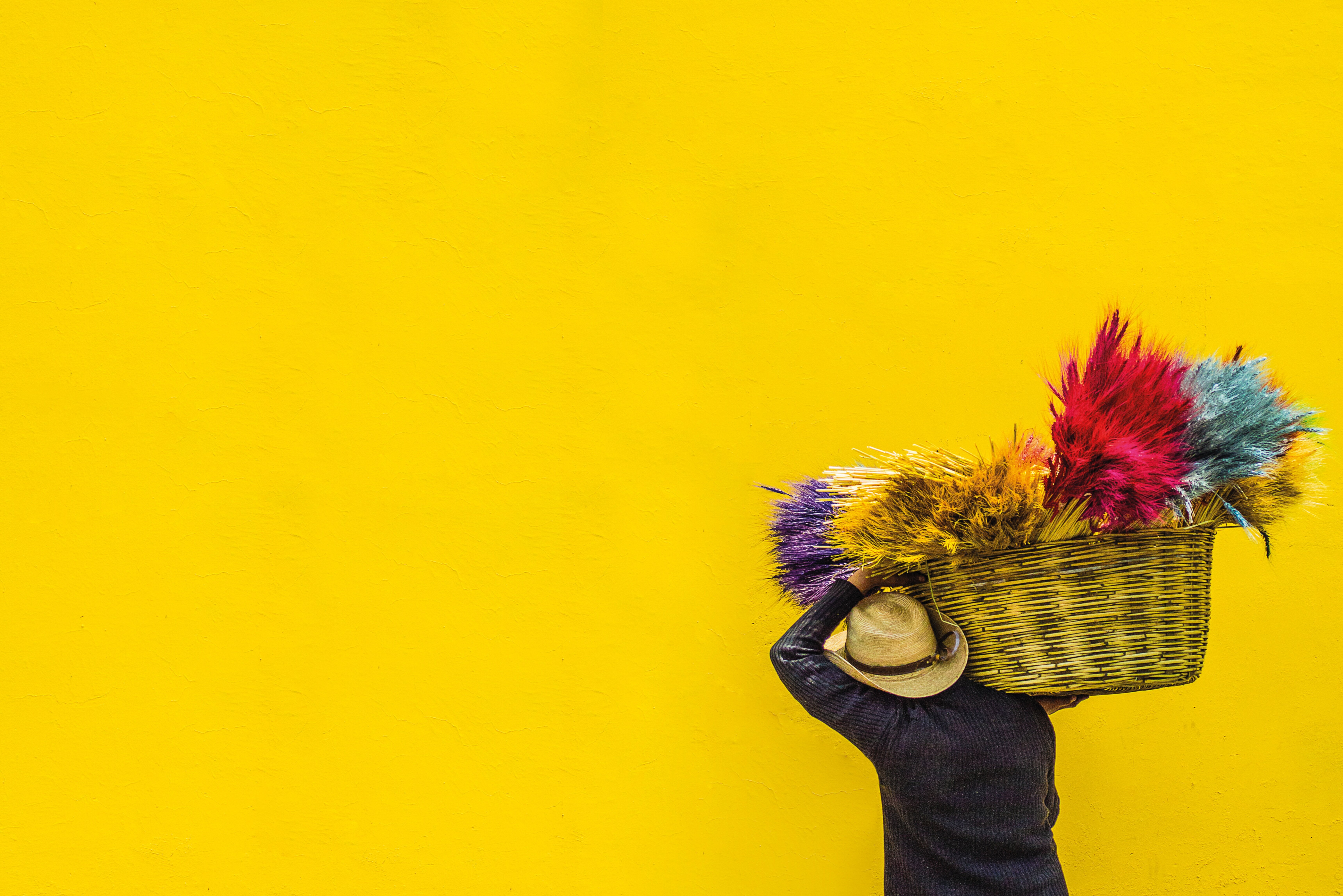Streamlined SVG Conversion A 2024 Guide to Automated Text-to-Vector Tools

The digital world, for all its fluidity, often presents friction when moving between raster images and scalable vector graphics. We've all been there: that crisp logo or diagram, suddenly pixelating into an unrecognizable mess when scaled up for a large format display. For years, the path from a standard bitmap—say, a JPEG of a hand-drawn flowchart—to a clean, mathematically defined SVG involved tedious manual tracing, even with semi-automated tools that often introduced unwanted artifacts. This manual labor bottleneck has been a quiet drain on design workflows and data preparation pipelines. I’ve spent a good portion of the last year observing how engineers and designers are attempting to bypass this traditional friction point, focusing specifically on tools claiming to automate the transformation of raw text or raster data directly into structured SVG code.
What we are seeing now, moving past the hype cycles of previous years, is a genuine shift toward tools that use contextual awareness, rather than simple edge detection, to interpret source material. Think about converting a simple text block—perhaps a scanned invoice header—into a set of clean, editable paths. Earlier methods would treat the letterforms as mere clusters of pixels, resulting in jagged curves and unnecessary anchor points. The current generation of automated text-to-vector utilities seems to be employing sophisticated shape recognition algorithms trained on vast datasets of typographic standards. This allows the output SVG to contain actual Bézier curves that map accurately to known font metrics, rather than approximations of the bitmap shapes. It’s a subtle but important distinction; we are moving from image replication to semantic reconstruction.
Let's examine the mechanics of these modern conversion utilities, focusing on how they handle the input material, which is often the sticking point for quality. When a raster image containing text is fed into one of these systems, the initial step isn't just tracing; it involves classification. The system first attempts to identify distinct character boundaries and then assigns a probabilistic identity to each cluster—is this an 'A', an '8', or perhaps a poorly rendered 'S'? Once identified, the software consults its internal library, not just for a generic font match, but for the specific geometric definition of that character at the closest available resolution standard. This process drastically reduces the anchor point count compared to traditional auto-tracing, resulting in much smaller, cleaner SVG files that render faster across different viewports. I’ve been testing several open-source implementations against proprietary cloud services, and the consistency in handling ligatures and kerning variations remains the primary differentiator in performance.
Furthermore, the ability of these tools to interpret unstructured or semi-structured data into meaningful vector shapes is opening up new avenues for data visualization workflows that previously required heavy scripting. Imagine taking a simple, poorly formatted CSV file containing only coordinate pairs and having an application automatically generate a meaningful, scalable scatter plot SVG without needing intermediate plotting libraries or manual path creation. The automation here isn't just about speed; it's about lowering the barrier to entry for complex graphic generation from raw numeric inputs. The challenge, of course, lies in the error propagation; if the initial text input contains errors—say, a misread digit in a coordinate set—the resulting vector output will faithfully represent that error in geometric form, making debugging a matter of validating the source interpretation. We must remain skeptical of claims of perfect conversion, as context remains king, but the trajectory suggests we are rapidly approaching a point where manual intervention becomes the exception, not the rule, for standard text-to-vector tasks.
More Posts from colorizethis.io:
- →7 Essential Color Considerations When Selecting Your First Ultra Boost A Neutral VS Bold Colorway Analysis
- →The Psychology Behind Mixed Color and Monochrome Understanding Trichromatic Photography's Impact on Visual Storytelling
- →7 Common Shirt Mockup Mistakes in Photoshop That Ruin Design Presentation
- →7 Unexpected Color Techniques Discovered in AI-Generated Images
- →The Science Behind Purple's Impact on Creative Problem-Solving A 2024 Analysis
- →Embracing Self-Discovery A Journey Beyond Perceived Inadequacy